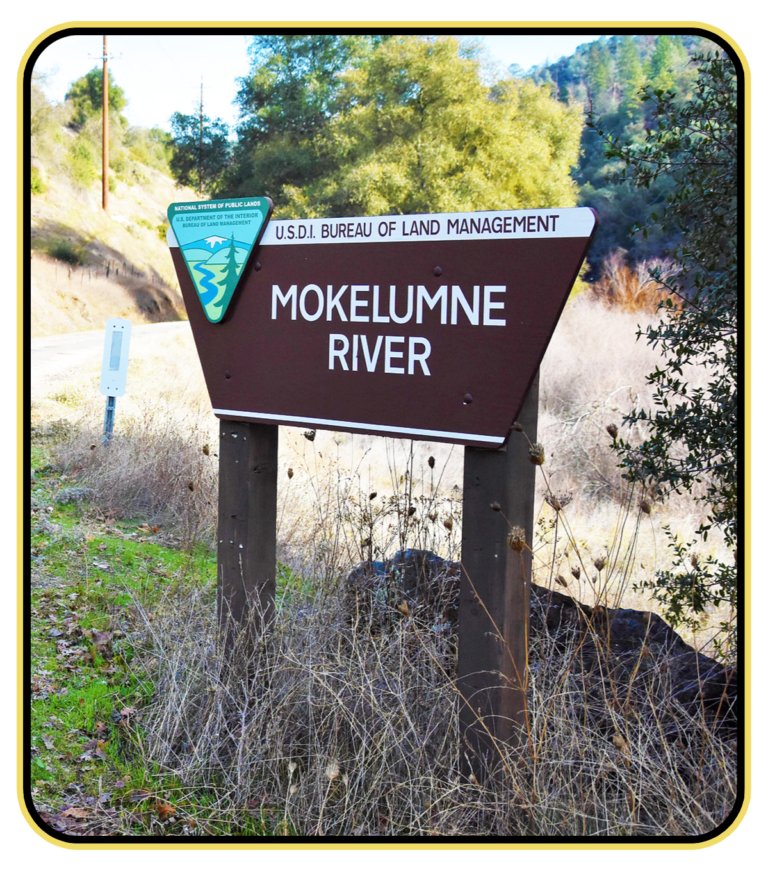
HISTORIC STORIES FROM CALAVERAS COUNTY CA
Forever immortalized by Mark Twain who visited the area in 1865, living in a cabin at Angels Camp for a few months. Calaveras County was one of the first California counties established in 1850 after the war with Mexico and admission to the United States of America. The early exploration by the Spanish is the first documented account and occurred as early as October of 1806.
Gabriel Moraga and his diarist, Padre Pedro Munoz were in the area of the now called Stanislaus River, searching for a potential inland mission site. Another expedition in 1808 named the river “Rio de Nuestra Senora de Guadalupe”. General Mariano Vallejo was leading a search party for the escaped Indian Chief Estanislao in 1829. He named the river after the Indian Chiefs baptized name the “Stanislaus River”. Another major river in the county of Calaveras was the Mokelumne River. This was the tribal name of the Indians living there and the river was named by the famous American scout, John C. Fremont in 1844.
The name of the county which at the time included both Amador and Alpine counties, came from the third major river, the Calaveras River which courses through the northern half of the county. Rio de los Calaveras in Spanish means (River of Skulls) a name reportedly given by the Moraga expedition of 1806. They claim to have found numerous skulls of Native Americans along the river banks. It wasn’t until after the discovery of gold by John Marshall in 1848 that the area became of interest and was visited by Americans and Europeans searching for gold.
The start of the Mexican-American War began in 1846 when the USA declared war on Mexico. After receiving word of the declaration of war, a force consisting mostly of American settlers in California, staged a revolt against the Mexican authorities. This was the start of the Bear Flag Revolt. They overwhelmed and captured the small Mexican garrison at Sonoma and declared it the California Republic , raising their original Bear State flag over the captured garrison. Their control around Sonoma, California, lasted for 25 days. On July 5, 1846, Brevet Captain John C. Frémont assumed control of the republic’s forces and integrated it into his California Battalion. On July 9, 1846, Navy Lieutenant Joseph Warren Revere arrived in Sonoma and replaced the Bear Flag with the flag of the United States, formally declaring that this territory was now the possession of the United States of America.
Now that you know the past history of California, I’ll tell you my story. I had been selected to replace the outgoing Chief of Police in Ione, Amador County, whose retirement was several months away. Having the time to find my new home led me to many available properties. I finally found just what I’d been looking for. A large section of land on cleared, level ground surrounded by a forest of trees. The old home had been completely refinished by a general contractor who had done the work himself. A remote location near the Mokelumne River with a paved road to my property and a dirt road that led to a one lane concrete and wood bridge crossing to Calaveras County.

A few months later my mother and father came to visit. After their arrival, my father said to me that he had worked on a bridge over the Mokelumne River when he was just 18 years old during the Great Depression. The CCC (Civilian Conservation Corps) members were primarily unemployed men between 18 and 25 years of age. He was from Cincinnati, Ohio and I never knew he worked in California. They lived in work camps much like being in the army and were given an allowance of $30 cash per month. He said it was built for the Forestry Service that needed a short access between counties.
I drove him there the next day and sure enough, it was the bridge he helped to build 50 years ago. I used this bridge routinely as it was much closer to the Calaveras stores than the Amador County stores. Rail Road Flats, West Point, and Angels Camp were all in Calaveras County. The Angels Camp General Store is much the same today as it was when Mark Twain lived there.
Mark Twain’s Jumping Frog species has been rediscovered in Calaveras County. The California red-legged frog, made famous in Mark Twain’s 1865 story, “The Celebrated Jumping Frog Of Calaveras County”. It was feared extinct from the county in 1969. It has been recently rediscovered in Calaveras County.